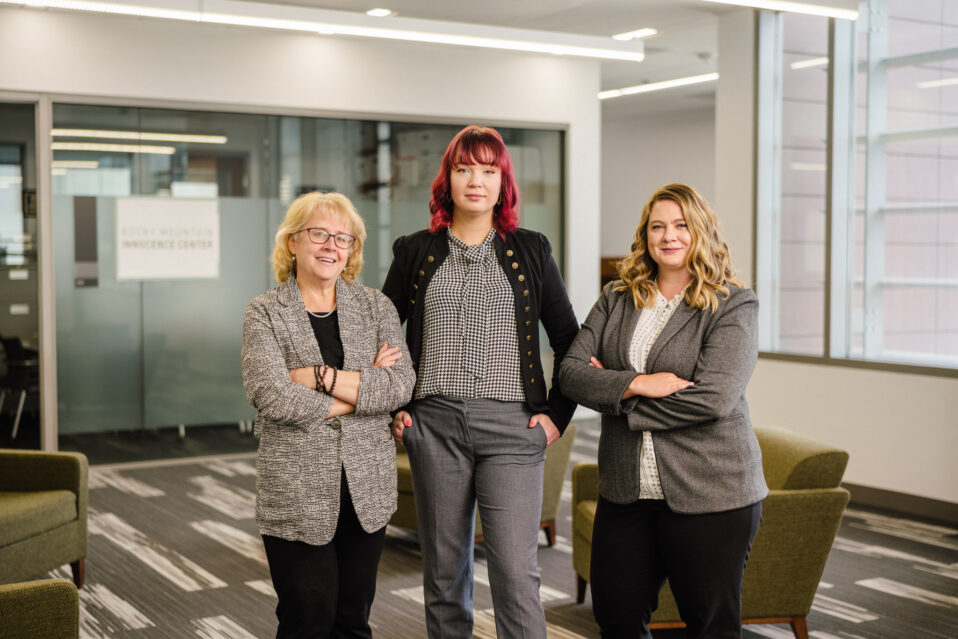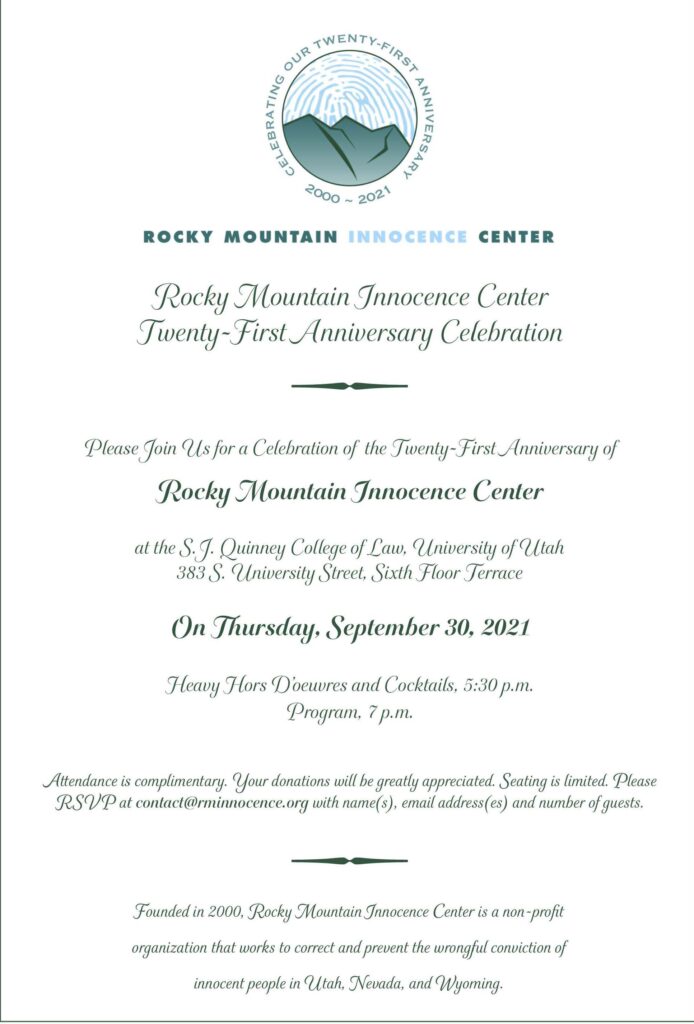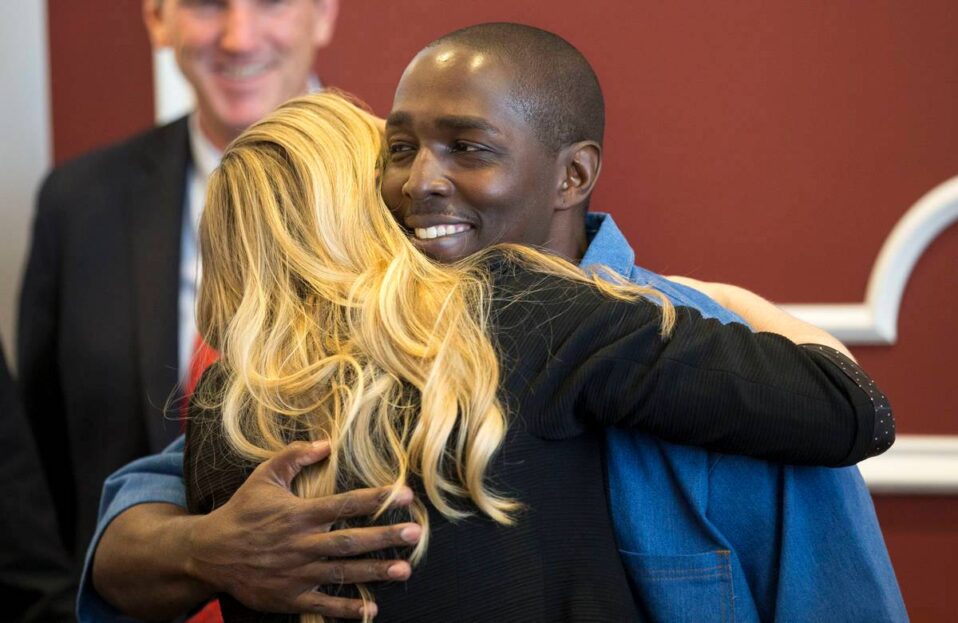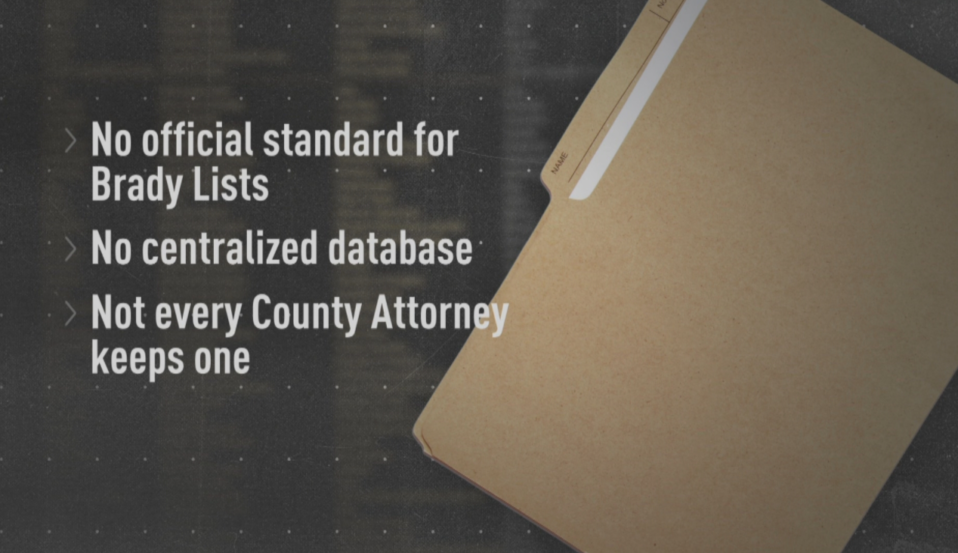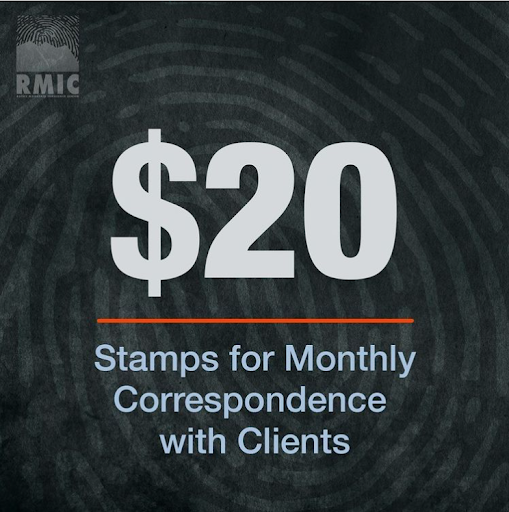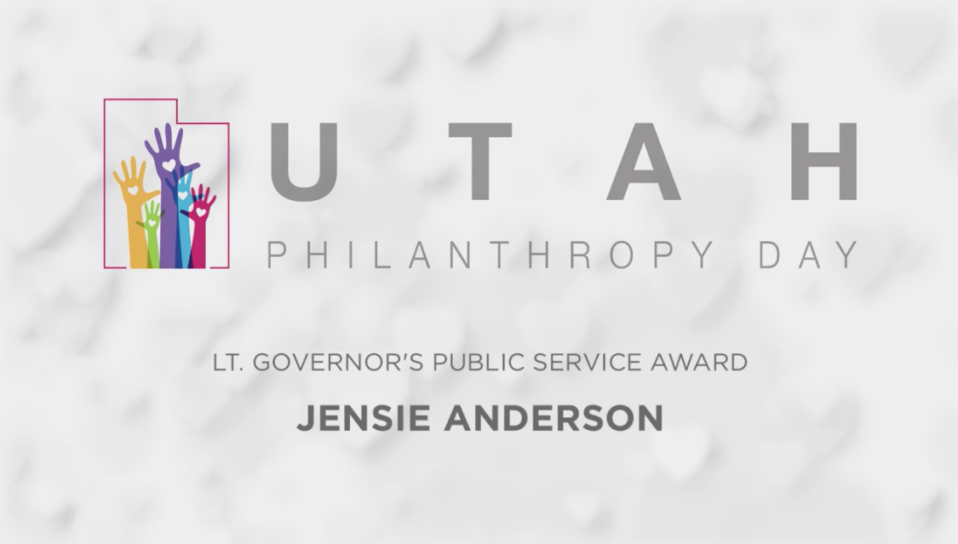October 2, 2021 is the Eighth Annual International Wrongful Conviction Day, a day to raise awareness about the causes and remedies of wrongful conviction and to recognize the tremendous personal, social, and emotional costs of wrongful conviction for directly impacted people and their families. It began in 2013 as an initiative of the Innocence Network, a coalition of 68 organizations around the world dedicated to providing pro-bono legal and investigative services to individuals seeking to prove innocence of crimes for which they have been convicted; working to redress the causes of wrongful convictions; and supporting the exonerated after they are freed.
Wrongful Conviction Day 2021
This Wrongful Conviction Day, we consider the many fights that are ongoing despite the many victories that we celebrate. More than 2,800 people have been exonerated in the US since 1989, but the fight continues for the thousands who remain wrongfully incarcerated. It takes years and, in many cases, decades to achieve an exoneration. Here at the Rocky Mountain Innocence Center, we have exonerated 7 people and we are currently working with 60 clients in Utah, Nevada, and Wyoming. These wins are especially meaningful knowing how difficult the fight for freedom is, but we must remember that our fight continues on behalf of our clients who are still inside.
The long term impact of a wrongful conviction
The fight also continues for freed and exonerated people who face new battles upon their release. For many, getting out of prison is only the beginning. Among other things, freed clients face challenges securing housing and employment, building economic security, and reestablishing relationships. They also face the stigma of incarceration and mental and physical health impacts sustained from living in carceral settings. Reentering society can be a long-term process, and there is no perfect template. On Wrongful Conviction Day, it is vital that we acknowledge this fight too.
Wrongful Conviction Legislation and Awareness
Lastly, the fight continues for all of us who work to prevent the multitude of injustices that lead to wrongful convictions in the first place. We have seen considerable progress in the last year. Although RMIC’s primary mission is to bring the innocent home from prison, we are also deeply involved in educating policymakers on criminal justice reform. Read more about our accomplishments here. Yet, there is so much more work to do.
We are grateful for your support and honored to fight alongside you.
Sincerely,
Blair Hodson, Executive Director
Rocky Mountain Innocence Center
WCD2021: The Fight Continues
 In honor of Wrongful Conviction Day, all donations to RMIC will be matched up to $100,000, thanks to the generosity of the Florence J Gillmor Foundation.
In honor of Wrongful Conviction Day, all donations to RMIC will be matched up to $100,000, thanks to the generosity of the Florence J Gillmor Foundation.


